9 Types Of Cockroaches In California: Identification And Prevention Tips
California is no stranger to the unwelcome presence of cockroaches. These resilient pests are a common nuisance, and it’s not uncommon for residents to encounter them at some point. In this article, we’ll delve into the different types of cockroaches that call California home, from indoor dwellers like German and brown-banded varieties to outdoor invaders such as American, field, Oriental, three-lined, smoky brown, Turkestan, and Australian species.
We’ll also explore effective strategies for preventing these pests from taking up residence in your home or business.
What is the largest cockroach in California?
In the realm of California’s insect population, the American cockroach reigns supreme as the largest species. Measuring up to three inches in length, these dark brown behemoths can be found infiltrating both residential and commercial spaces, earning them notoriety for their pesky nature.
Are there flying cockroaches in California?
While it may seem like a horror movie plot come true, flying cockroaches are indeed present in California – specifically the Palmetto bug variety. These unwelcome visitors can cause significant distress if not addressed promptly. If you happen to spot one of these unwanted guests in your home, it’s crucial to enlist the expertise of a professional exterminator to effectively eliminate the issue. Preventing these pests from entering your home in the first place is equally important.
To achieve this, ensure that any cracks or openings in your foundation are thoroughly sealed and keep your gutters free of debris. Additionally, remove potential food sources such as garbage cans from proximity to your residence.
Does California have a lot of roaches?
California’s reputation for being a hub for cockroaches might seem justified at first glance. After all, the state is home to a significant population of people, and where there are humans, there are bound to be some unwanted pests. Add to that its warm climate, which provides an ideal environment for roaches to thrive, and it’s no surprise that they can be found in abundance. The state’s lush vegetation and dense foliage also provide ample hiding spots for these unwanted critters.
But does California truly have a disproportionate number of cockroaches? It depends on how one defines ‘a lot.’ If we consider the roach-to-person ratio, then California might indeed have its fair share. However, if we look at the overall number of cockroaches, the state’s situation is perhaps not as dire as it initially seems.
Types of indoor cockroaches in California
While California may not be the first place that comes to mind when thinking about cockroaches, there is actually a diverse range of indoor species found within the state. Each type exhibits distinct traits, making identification crucial for effective management and eradication.
German cockroaches
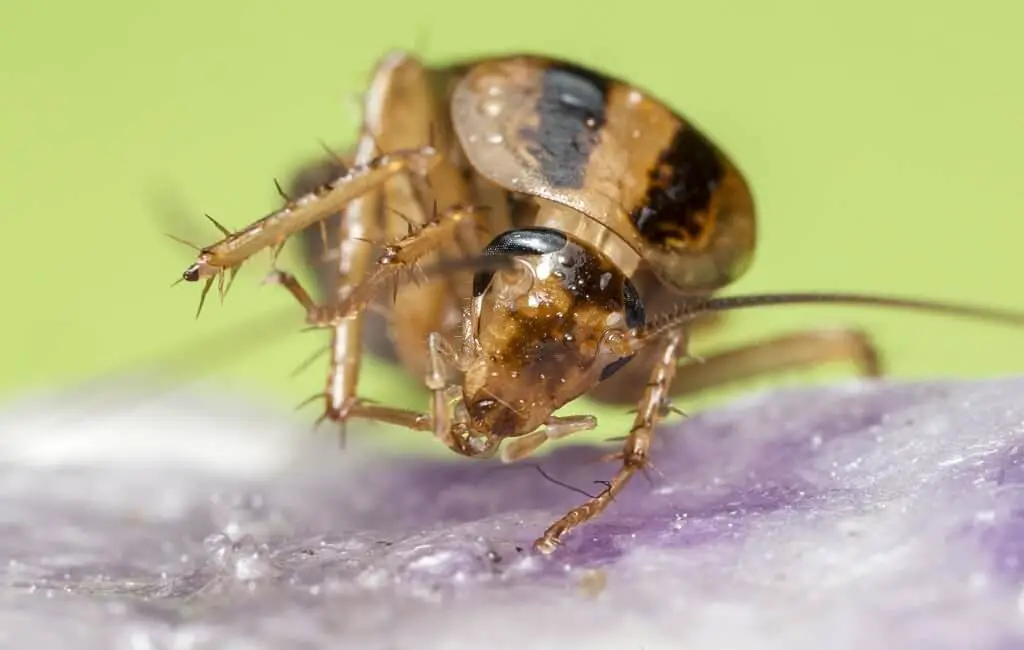
While often viewed as pests, German cockroaches offer several benefits to their owners. They excel at eliminating other unwanted insects and reproduce rapidly, making them a common sight in many California homes. In fact, they are one of the most prevalent indoor cockroach species in the state. These cockroaches can be identified by their brown or black coloration, with two distinct dark stripes running along their backs.
They typically reach lengths of up to half an inch and thrive in a variety of environments, including homes and businesses. German cockroaches are particularly drawn to food sources and can often be found near kitchens, pantries, or other areas where sustenance is readily available. The life cycle of German cockroaches spans approximately six months, during which they go through three distinct stages: nymph, adult, and egg-laying.
Adult cockroaches measure about half an inch in length and feature the characteristic dark stripes on their backs. Nymphs, meanwhile, are small, wingless versions of the adults that will eventually mature into full-fledged cockroaches. Despite these cockroaches’ benefits, many California homeowners find them to be a nuisance due to their rapid reproduction and ability to thrive in even the cleanest environments.
In fact, controlling German cockroach populations can be quite challenging, often requiring professional intervention. Fortunately, preventing German cockroach infestations is relatively straightforward: simply maintain a tidy home with minimal food sources available, and you’ll significantly reduce your chances of hosting these unwanted visitors.
Brown-banded cockroaches
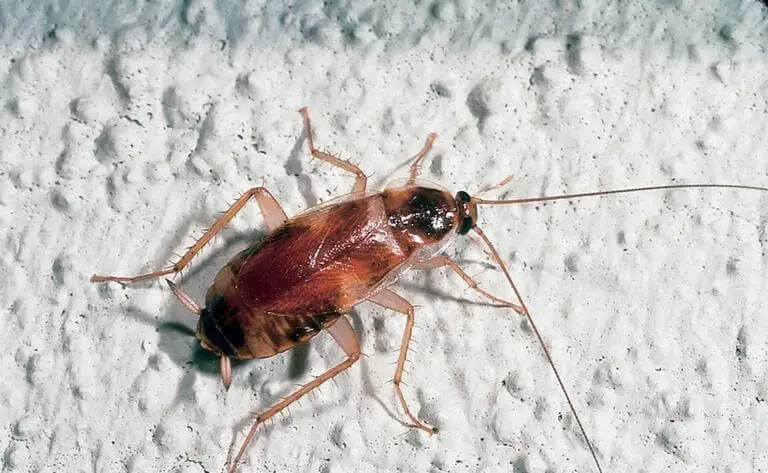
Brown-banded cockroaches are ubiquitous in California, characterized by their small size, dark brown coloration, and distinctive light bands across their backs. These insects thrive in warm, dry environments, often seeking shelter in cracks and crevices near potential food sources. Their impressive ability to survive without sustenance or hydration for up to a year only adds to their reputation as resilient pests.
Their diet consists of a varied assortment of crumbs, grease, and soap, allowing them to thrive in even the most unlikely environments. Brown-banded cockroaches are prolific breeders, capable of producing up to 50 offspring within a single year. The nymph stage is marked by small, wingless individuals that closely resemble adults, while adult cockroaches reach approximately ¼ inch in length and possess fully developed wings.
Egg-laying females can deposit clusters of up to 50 eggs at a time, often concealing them in the same cracks and crevices where they themselves reside. The reproductive cycle unfolds over several months, with nymphs maturing after approximately four months. Effective control measures include the strategic deployment of baits, traps, and insecticides.
Prevention is key to minimizing brown-banded cockroach infestations, achieved through meticulous home maintenance and the elimination of potential food sources.
Types of outdoor cockroaches in California
California is home to a diverse range of outdoor cockroaches, with seven distinct species present in the state. These include the American cockroach, field cockroach, Oriental cockroach, Three-lined cockroach, Smokybrown cockroach, Turkestan cockroach, and Australian cockroach. Each of these species has its own unique characteristics and habits, making them an important part of California’s ecosystem.
American cockroaches
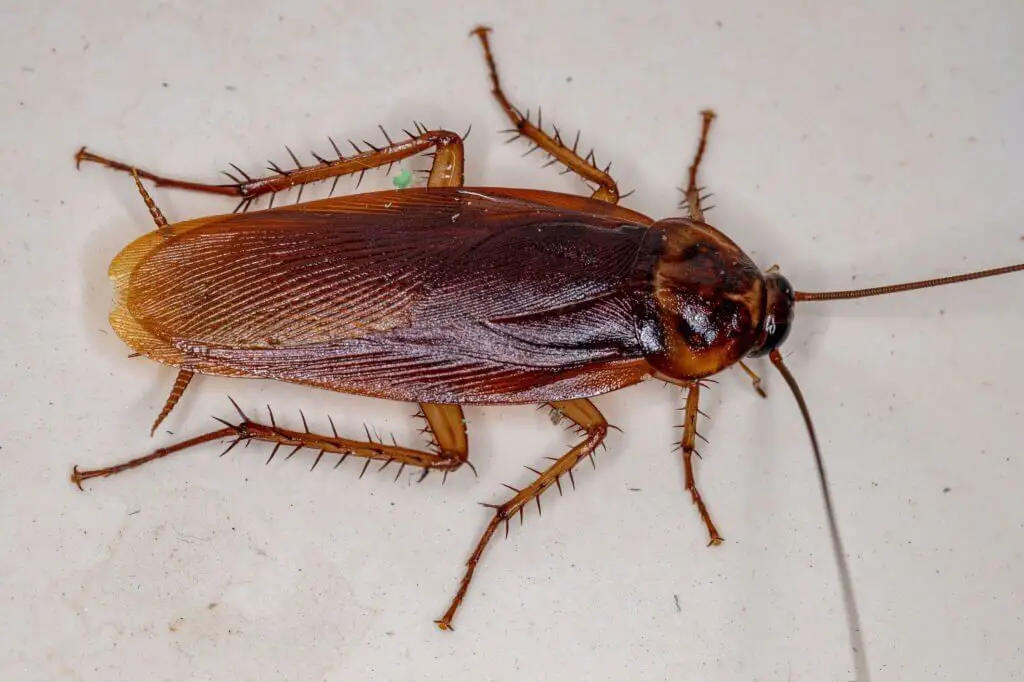
American cockroaches, the largest species found in California, boast a distinctive appearance with their dark brown or reddish-brown coloration and yellow head band. Reaching lengths of up to four inches, these unwelcome visitors thrive in warm, moist environments, often inhabiting sewers and drains. Their diet consists mainly of decaying organic matter. In terms of breeding habits, female American cockroaches lay eggs in protective cases called oothecae, each containing around 16 offspring.
These nymphs emerge from the eggs, resembling small adults, before undergoing six to seven molting cycles to reach maturity. To effectively manage these pests, a multi-faceted approach is necessary. Baits are generally the most effective means of control, while traps and contact insecticides can also be employed. Insecticide sprays, however, tend to offer limited benefits and should not serve as the sole method of treatment.
Preventing American cockroach infestations requires a proactive approach. The key lies in removing their food sources and harborages. Maintain a clean and clutter-free home, address any leaky plumbing issues, seal cracks and crevices, store food in sealed containers, and keep garbage in tightly closed cans.
Field cockroaches
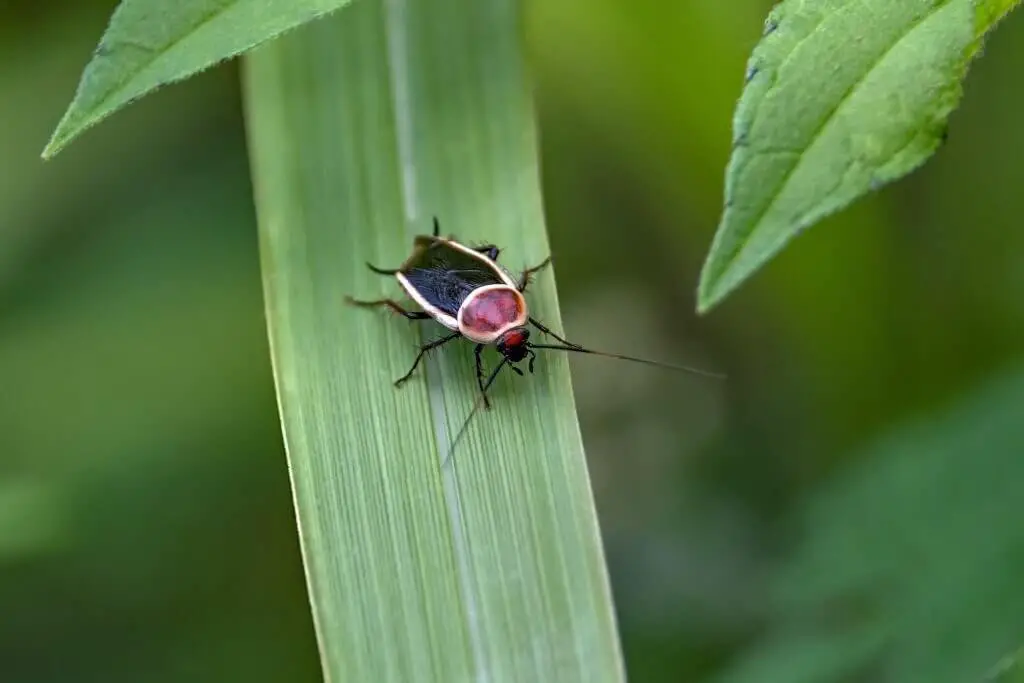
Field cockroaches are a common sight in California’s great outdoors, particularly around garbage cans, gardens, and fields. These dark brown or black, half-inch-long insects are more likely to be found in these environments than making themselves at home indoors. While they’re not as notorious for invading homes like German cockroaches, large numbers of field cockroaches can still cause problems.
These roaches thrive in a variety of habitats, including gardens, fields, and areas with abundant food and shelter. Speaking of food, field cockroaches are opportunistic eaters that feast on plants, insects, and even garbage. They’re prolific breeders as well, with a single female capable of producing up to 30 offspring in a single season. The life cycle of field cockroaches is characterized by three stages: egg, nymph, and adult.
Eggs, which are similar in size and color to the adults, can be found in gardens, fields, or near garbage cans. Nymphs, the juvenile stage, are also dark brown or black and about half an inch long. They’re often spotted in the same environments as eggs. The final stage is adulthood, where fully-grown field cockroaches continue to inhabit these outdoor areas.
Field cockroaches have their fair share of predators, including spiders, birds, and other animals that help keep their populations in check. To control them, a combination of baits, traps, and insecticides can be effective. Prevention is also key, as removing food sources and shelter can greatly reduce the likelihood of field cockroaches becoming a nuisance.
Oriental cockroaches
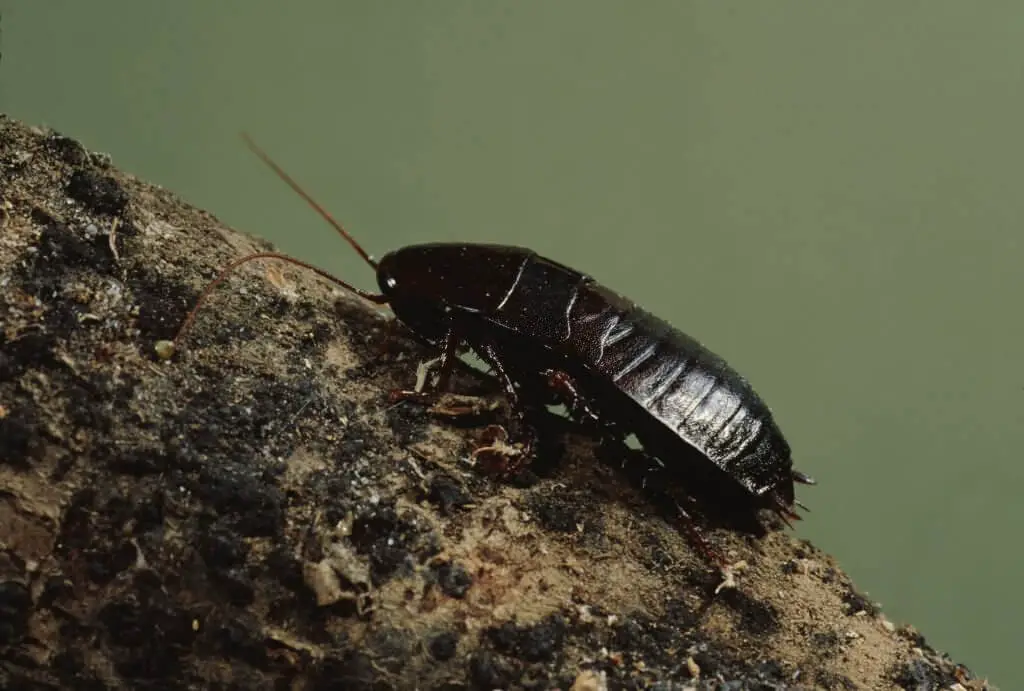
Oriental cockroaches, also known as waterbugs or black beetles, are a common sight in urban areas. These large, dark-colored pests thrive in damp environments like sewers, basements, and other humid spots. They’re notorious for invading homes in search of sustenance and hydration, making them a nuisance to many homeowners. Unfortunately, their ability to resist many pesticides makes them challenging to control.
Despite these challenges, understanding the habits and habitats of Oriental cockroaches is key to preventing infestations. For instance, they can grow up to an inch long, reproduce quickly – with females producing up to eight egg capsules in their lifetime – and are often drawn to dark, damp areas. Effective prevention involves sealing any cracks or openings that might allow them to enter your home.
By taking these proactive steps, you can minimize the risk of encountering these unwanted visitors.
Three-lined cockroaches
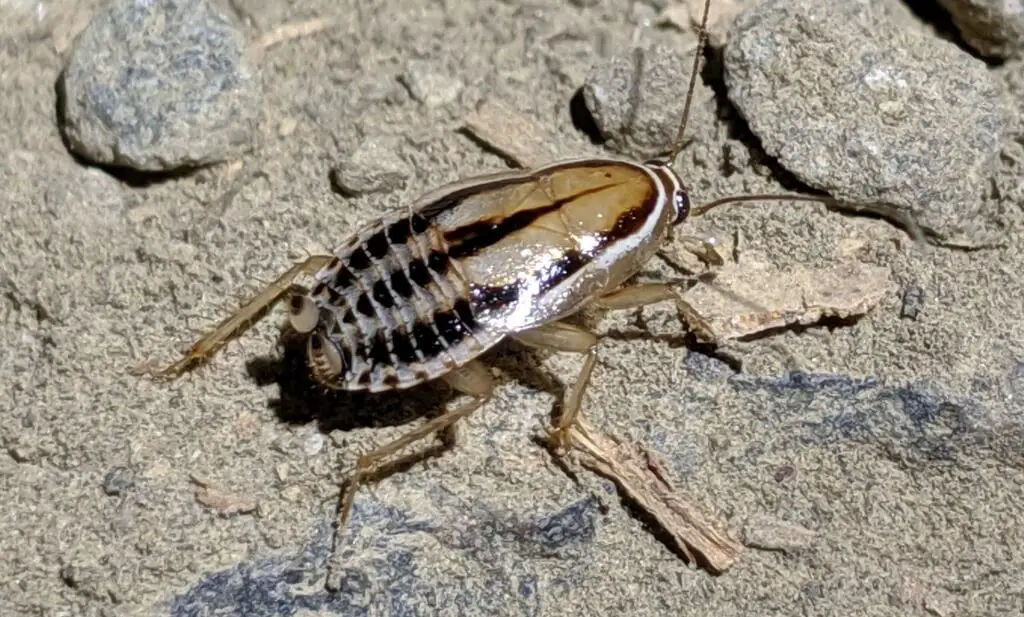
Three-lined cockroaches are a ubiquitous presence in California, with their small size – approximately half an inch long – making them easily overlooked. Their dark brown or black bodies feature three distinct yellow or white stripes running along their backs, providing a distinguishing characteristic. While they don’t pose a threat to human health by transmitting diseases, these pests can still be a nuisance if allowed to infest your home.
If you find yourself in this situation, consider reaching out to a pest control professional for assistance. In terms of habitat, three-lined cockroaches are commonly found in gardens and yards, but they can also make their way into homes through various means. As scavengers, they will consume just about any substance that crosses their path. When it comes to reproduction, these pests exhibit rapid multiplication, with females capable of producing up to 50 eggs at a time.
If you’re dealing with an infestation, it’s likely best to seek the help of a pest control professional. To prevent three-lined cockroaches from entering your home in the first place, ensure that all cracks and gaps in doors and windows are sealed. Additionally, maintain a tidy yard free of debris and clutter, as these conditions can provide hiding places for the pests.
Smoky brown cockroaches
In California, the smoky brown cockroach is a ubiquitous outdoor pest that thrives near water sources like swimming pools. These unwanted visitors can be a significant nuisance for homeowners. Measuring around one inch in length, they have a dark brown or black coloration and are capable of flight, drawn to artificial light sources.
Habitat-wise, smoky brown cockroaches typically inhabit areas close to water sources, while their diet consists of a variety of insects and other small invertebrates that are attracted to lights. They reproduce rapidly, with females producing up to 300 eggs during their lifetime.
If you’re dealing with an infestation, it’s best to seek the expertise of a pest control professional.
To prevent these unwanted critters from entering your home, ensure all exterior cracks and crevices are sealed, keep your yard free of debris and clutter, and maintain a clean living space.
Turkestan cockroaches
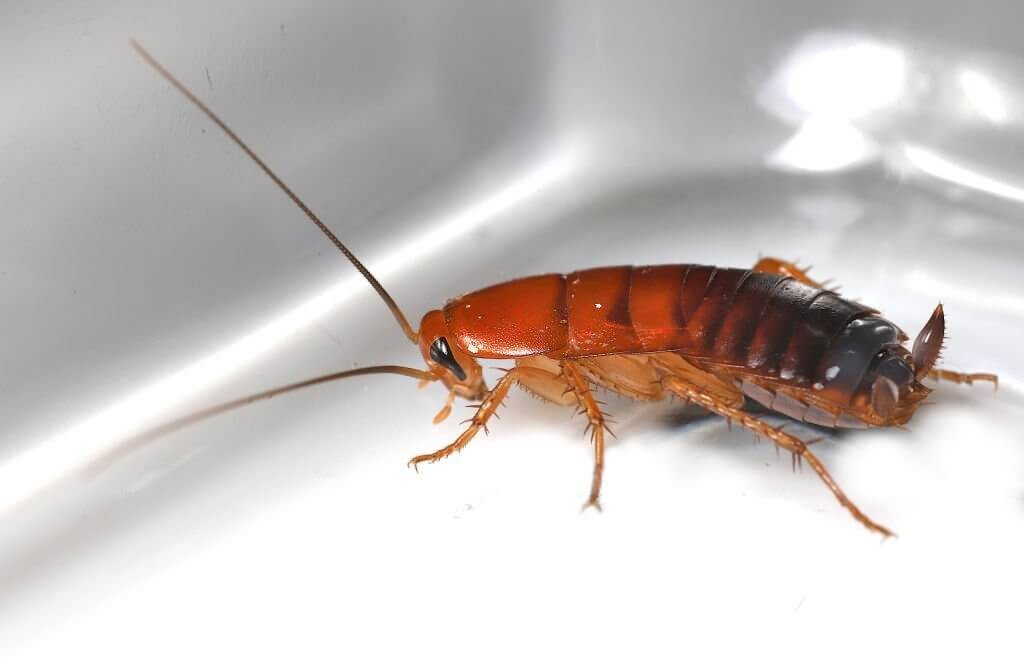
Turkestan cockroaches are a ubiquitous species in California, characterized by their reddish-brown to black coloration and approximately 3/4 inch length. These roaches often inhabit outdoor environments, particularly around homes where they can be found near mulch or woodpiles. Due to their nocturnal nature, it’s not uncommon for them to remain hidden during the day, only emerging after dark.
Turkestan cockroaches are well-suited to warm, dry climates like those found in the southwestern United States. However, they can also be encountered in other parts of the world, including Africa, Asia, and Australia, where similar conditions prevail. Their diet consists of a diverse range of food sources, with a preference for high-protein items such as seeds, nuts, and other insects. The life cycle of Turkestan cockroaches involves three distinct stages: egg, nymph (young roach), and adult.
Female cockroaches typically lay their eggs in clusters ranging from 30 to 50, which then hatch after a period of approximately two weeks. The resulting nymphs undergo six to seven molts before reaching adulthood, with adults capable of surviving for up to six months. Prevention and control measures involve maintaining a clean and clutter-free home and yard, as well as removing potential hiding places such as wood piles or leaves.
Additionally, sealing any cracks or crevices around the home can help prevent infestations. If an infestation does occur, it is recommended to consult with a pest control professional to effectively eliminate the cockroaches.
Australian cockroaches
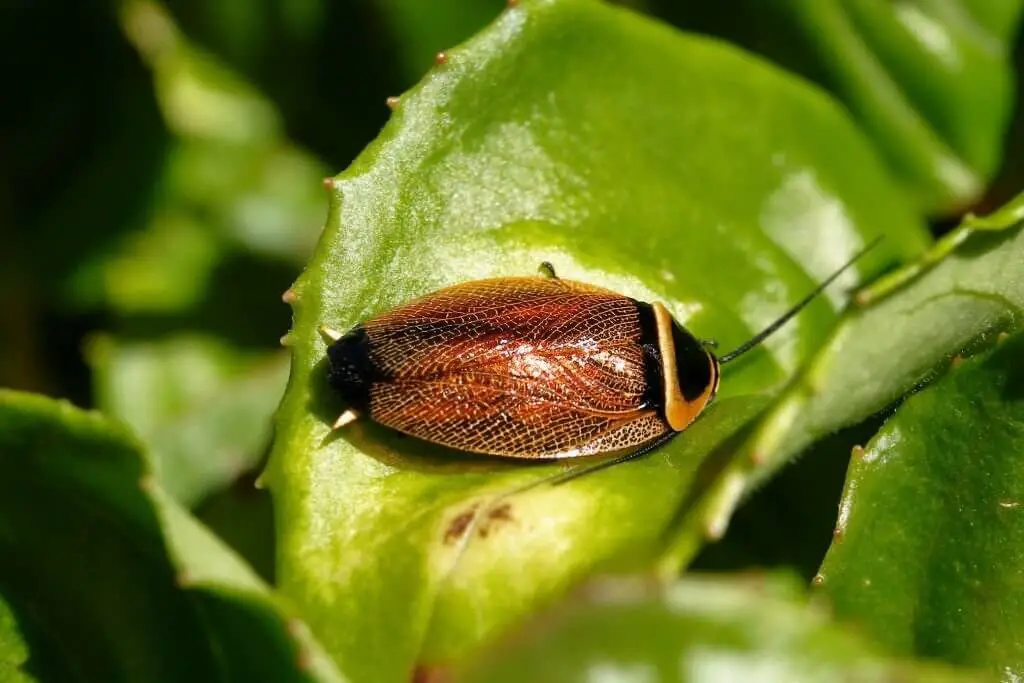
Australian cockroaches, also known as Periplaneta australasiae, are a common sight in California’s outdoor environments. These reddish-brown insects, characterized by dark markings on their heads and bodies, can grow up to 13mm in length and thrive in warm, humid conditions.
Their habitats range from arboreal settings like trees and shrubs to terrestrial areas such as gardens, parks, and even sewer systems. They can be found under rocks and logs, and have even been known to inhabit drains.
As omnivores, Australian cockroaches feed on a diverse diet that includes fruits and vegetables, insects and small animals, as well as carrion. Female cockroaches can lay up to 20 egg capsules in their lifetime, each containing approximately 30 eggs. After about 28 days, these eggs hatch into nymphs, which then undergo a series of molts before reaching adulthood after around 12 months. Adult Australian cockroaches typically live for up to 12 months.
Predators of Australian cockroaches include birds, lizards, snakes, and frogs that prey on them in their natural habitats.
If you’re dealing with an infestation of these unwanted visitors, there are several steps you can take to try and control the population: keep your home clean and free of food debris, seal any cracks or crevices where cockroaches might enter, use traps or baits, or consider calling a professional pest control operator if the problem persists.
How to get rid of cockroaches in California
In California, the threat of cockroach encounters is all too real. These unwelcome visitors thrive in warm, humid environments – an unfortunate coincidence given the state’s climate. Specifically, the German cockroach is the most prevalent species in the region. To prevent these unwanted guests from taking up residence in your home, consider the following strategies:
Maintain a spotless kitchen.
Cockroaches are drawn to food and water sources, so it’s crucial to keep surfaces clean and free of debris. Regularly wipe down counters, sweep floors, and empty garbage cans.
Address any plumbing issues. Moisture is another attractant for cockroaches, so it’s essential to identify and fix leaks in your home. Even the tiniest drip can invite an infestation.
Utilize traps. Cockroach traps are a reliable means of eradicating these pests.
Place them in areas where you’ve observed cockroach activity and monitor their effectiveness.
Seek professional assistance if needed. In cases of severe infestation, it’s best to consult a pest control expert. With their expertise and resources, they can efficiently eliminate cockroaches from your home.
Conclusion
In conclusion, we’ve covered the three most prevalent species of cockroaches that can be found in California. Although each type may exhibit distinct physical features, they all share certain distinguishing characteristics that make them easily recognizable as cockroaches. If you suspect an infestation in your home or commercial space, it’s essential to seek assistance from a pest control professional without delay.
Your diligence in addressing the issue will be greatly appreciated by those around you. It’s been our pleasure to guide you through this informative journey.
Related Posts
Cockroaches are often misunderstood creatures, and one common question surrounding them is whether they can swim. While they may not be as adept in water as other insects, roaches are capable of swimming to some extent. However, their ability to do so varies greatly depending on the species. Some cockroaches are better equipped to handle aquatic environments than others, with certain types able to hold their breath for extended periods while underwater.
This raises an interesting question: would water kill a cockroach if it couldn’t swim effectively? In reality, roaches can drown in water just like any other insect or animal, especially if they’re unable to reach the surface quickly enough. But what about using bleach as a means of killing these pesky critters? It’s not as effective as some might think, and we’ll dive into that later.
Despite their ability to swim, cockroaches are primarily land-dwelling creatures, with most species preferring dry environments. As such, it’s crucial to understand what they eat and how they interact with their surroundings in order to effectively deal with them when necessary.






